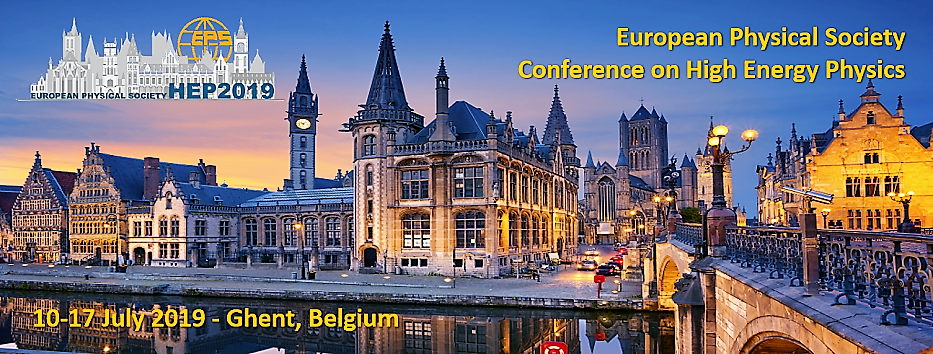Speaker
Description
Heavy quarks (charm and beauty) are effective probes of the Quark-Gluon Plasma (QGP) formed in high-energy nuclear collisions. They are produced in the initial hard partonic scatterings of the collisions, propagate through the medium, and interact with its constituents, thus probing the entire evolution of the system.
Heavy-flavour measurements in pp and p--Pb collisions not only provide the reference for heavy-ion collisions, but are also of prime interest, respectively, to test of pQCD calculations and to study the cold nuclear matter (CNM) effects, such as the modification of parton densities in nuclei and $k_{\rm T}$-broadening or parton energy loss. In recent years, effects ascribed to the collective expansion of the QGP, such as long-range flow-like correlations and the enhancement of baryon production, have also been observed at high multiplicity in pp and p--Pb collisions. The study of open heavy flavours in high-multiplicity p--Pb collisions provides important information to understand how the possible presence of collective effects could modify the production of heavy-flavour hadrons. The study of the baryon-to-meson ratio, sensitive to the hadronisation mechanisms in the charm sector, can give further insight into the production processes in small systems and be useful as a reference for Pb--Pb collisions.
In this talk, we will present production of ${\rm D}^{0}$, ${\rm D}^{+}$, ${\rm D}^{*+}$ and ${\rm D}_{\rm s}^{+}$ mesons and $\Lambda_{\rm c}$ baryons measured with the ALICE detector via their hadronic decays at mid-rapidity in pp collisions at $\sqrt{s}=5.02$ TeV and 7 TeV and p--Pb collisions at $\sqrt{s_{\rm NN}}=5.02$ TeV. We will show the D-meson cross sections down to $p_{\rm T}=0$ and the nuclear modification factors. The $\Lambda_{\rm c}/{\rm D}^{0}$ ratio measured in pp and p--Pb collisions will be also discussed. The results will be compared with predictions from pQCD calculations and Monte Carlo event generators in the pp system, and with models including CNM effects as well as ones assuming the formation of a QGP in p--Pb collisions.




